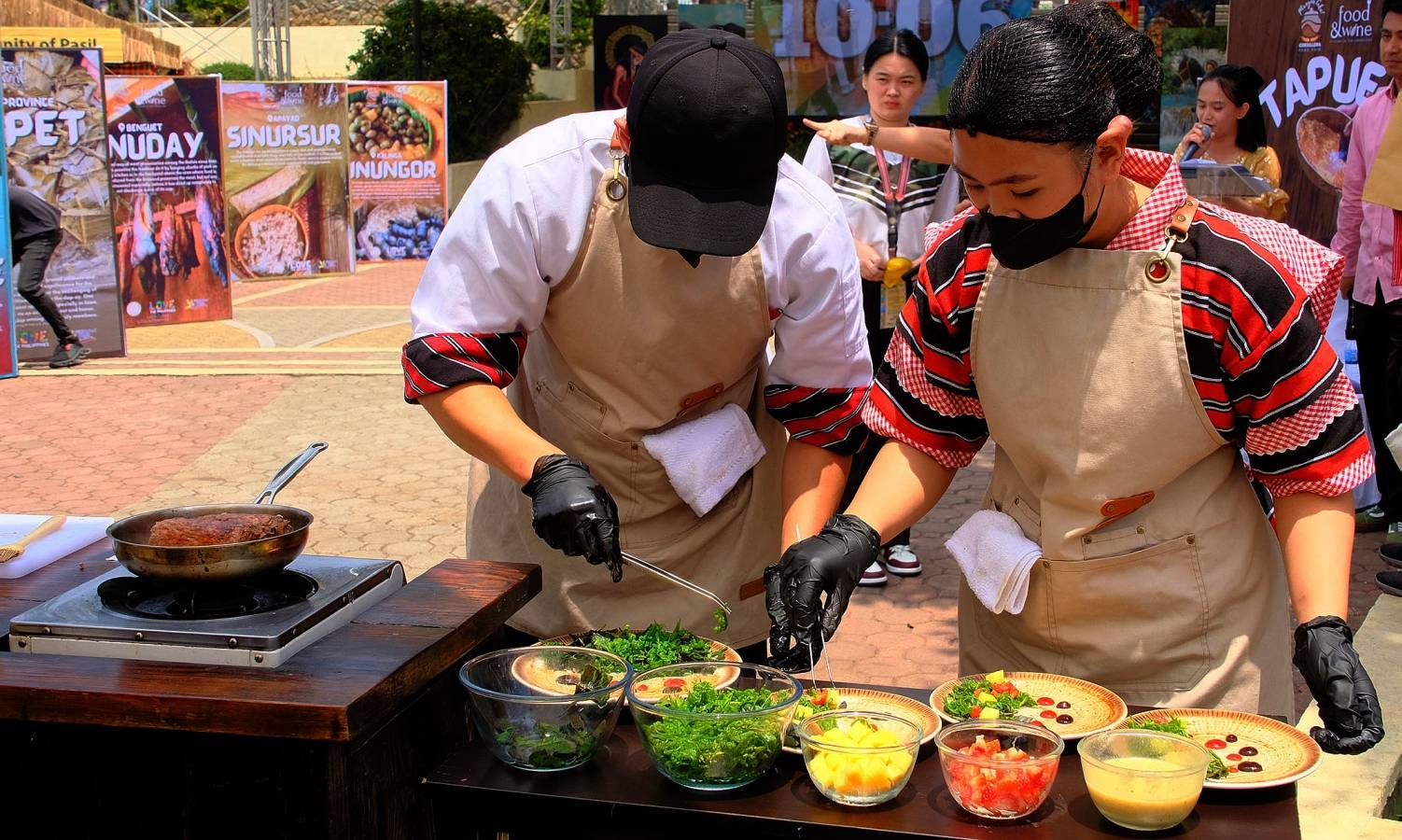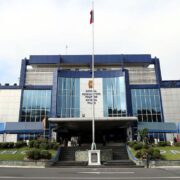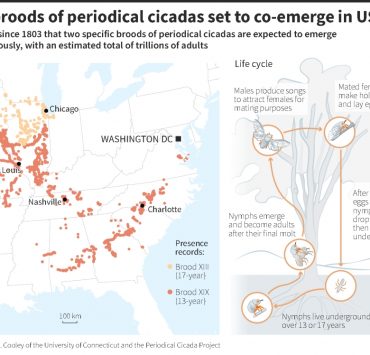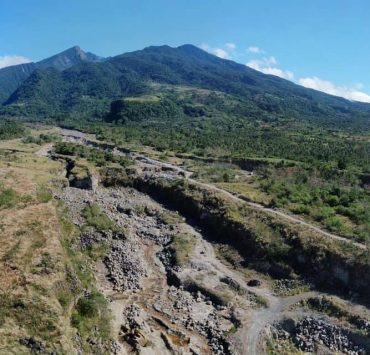Tourism sustains Cordillera growth as agriculture drops

BAGUIO CITY—Despite agriculture, Cordillera’s primary industry, performing very poorly in 2023, the region’s economic growth was sustained at 6.9 percent (P361.1 billion) with the help of blooming tourism, wholesale and retail sales, and manufacturing industries, the Philippine Statistics Authority (PSA) said at a Thursday economic briefing here.
Agriculture slid further to -1.3 percent (P27.8 billion) last year from the sector’s negative growth of -2.1 percent (P28.1 billion) in 2022, said Villafe Alibuyog, PSA Cordillera director.
The Cordillera’s 2022 gross regional domestic product (which indicates the value of all the goods and services produced in Baguio City and the highland provinces of Ifugao, Benguet, Kalinga, Abra, Apayao and Mountain Province in a year) was 8.7 percent (P337.8 billion), which was higher than the 2023 GRDP, she said.
The economic deceleration of mountain agriculture was due to its vulnerability to climate change, said Jose Dado, assistant Cordillera director of the National Economic Development Authority.
Last year, farms were hit by “multidimensional shocks such as disasters [triggered by extreme weather], biological hazards [such as African swine fever] and external shocks [such as rising world prices of fuel and coal] affecting the agricultural value chain,” Dado said.
Palay and corn production in 2023 slowed down, although high value crops like Benguet’s salad vegetables have “slightly improved,” Dado said.
In July last year, the Cordillera lost P2.6 billion in crop damages due to abnormally strong monsoons and typhoons while “the prolonged exposure to wet conditions” spoiled more crops which increased food losses in 2023, he said.Tourism’s help
Tourism stakeholders have designed farm tours and culinary festivals to help perk up investor interest in growing Cordillera food, said Jovita Ganongan, Department of Tourism Cordillera chief, during a separate briefing on Tuesday.
Ganongan said the Cordillera has been reorienting its tourism strategy by designing “slow food travel” circuits so travelers have time to experience the culture and traditional meals prepared by municipalities that they visit on their way to popular destinations like Ifugao’s rice terraces, Sagada town’s caves in Mountain Province or white water rafting in Kalinga’s Tabuk City.
The visitors can be closer to the farms so they can appreciate the plant ingredients of traditional cuisine, and even buy fresh crops, Ganongan said.
Farmers would also be encouraged to plant more herbs or vegetables that are necessary for traditional meals, but have become scarce, she added.
Growth trajectory
Tourism had “a high growth trajectory in 2023,” Dado said, with 1.68 million domestic and foreign guests logged last year—higher than the 1.28 million Cordillera visitors in 2022.
The hospitality trade represented by accomodation and restaurant services (31 percent) was one of last year’s fastest growing sectors in the Cordillera alongside transportation and storage (25.7 percent) and other services (30.6 percent), said Alibuyog.
“The industry sector maintained a strong performance in 2023, registering a growth rate of 4.18 percent,” led by manufacturing (10.69 percent) and construction (3.06 percent), Dado said.
Dado said other agencies can allocate additional resources for climate-resilient facilities to improve Cordillera farming.
Local government support would also be necessary for increasing municipal budgets for food production, and to secure accurate and real-time data about crops, inputs and manpower involved in growing crops for better management, said Charles Picpican, Cordillera project evaluation officer of the Department of Agriculture, who attended the economic briefing. INQ
















